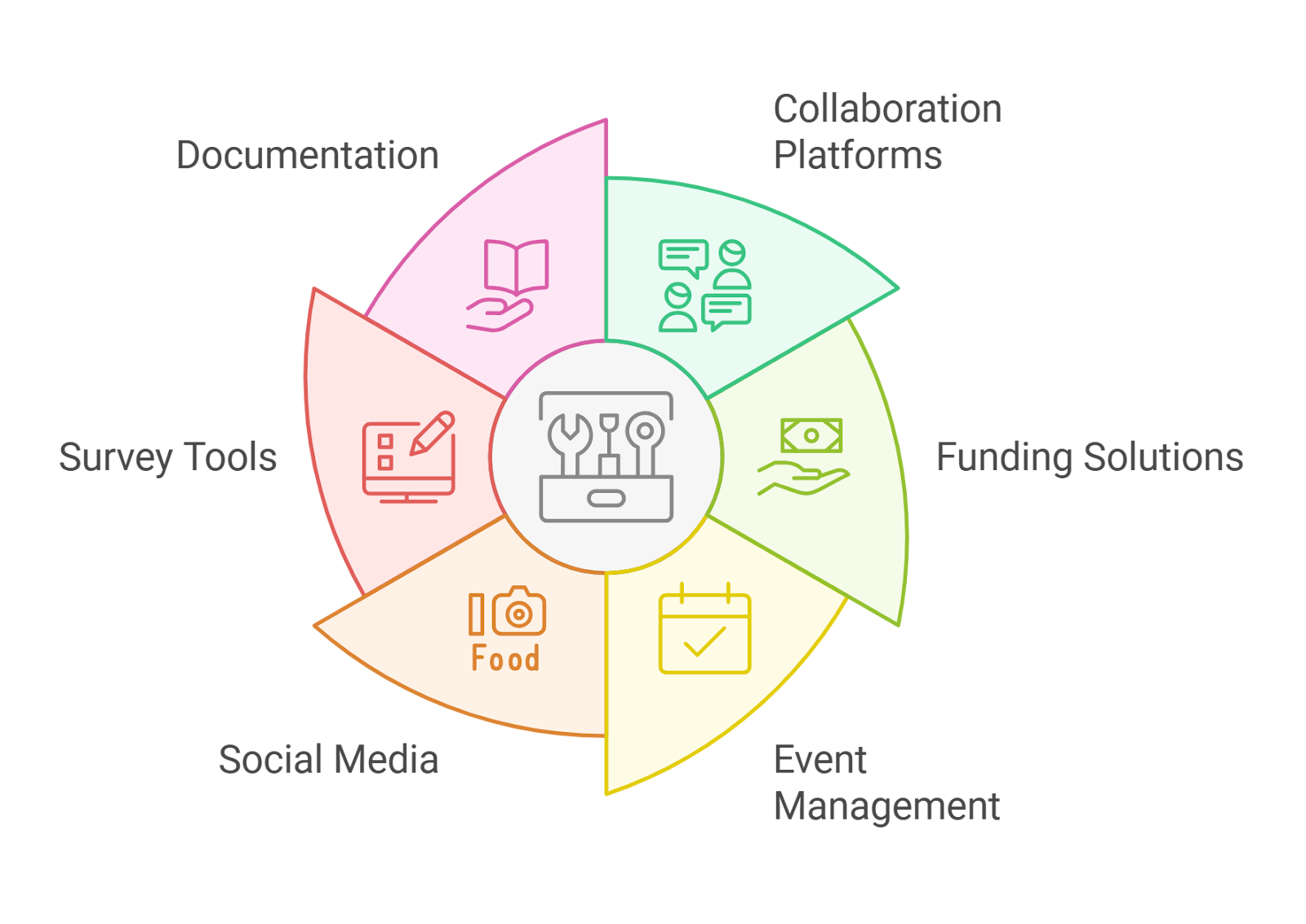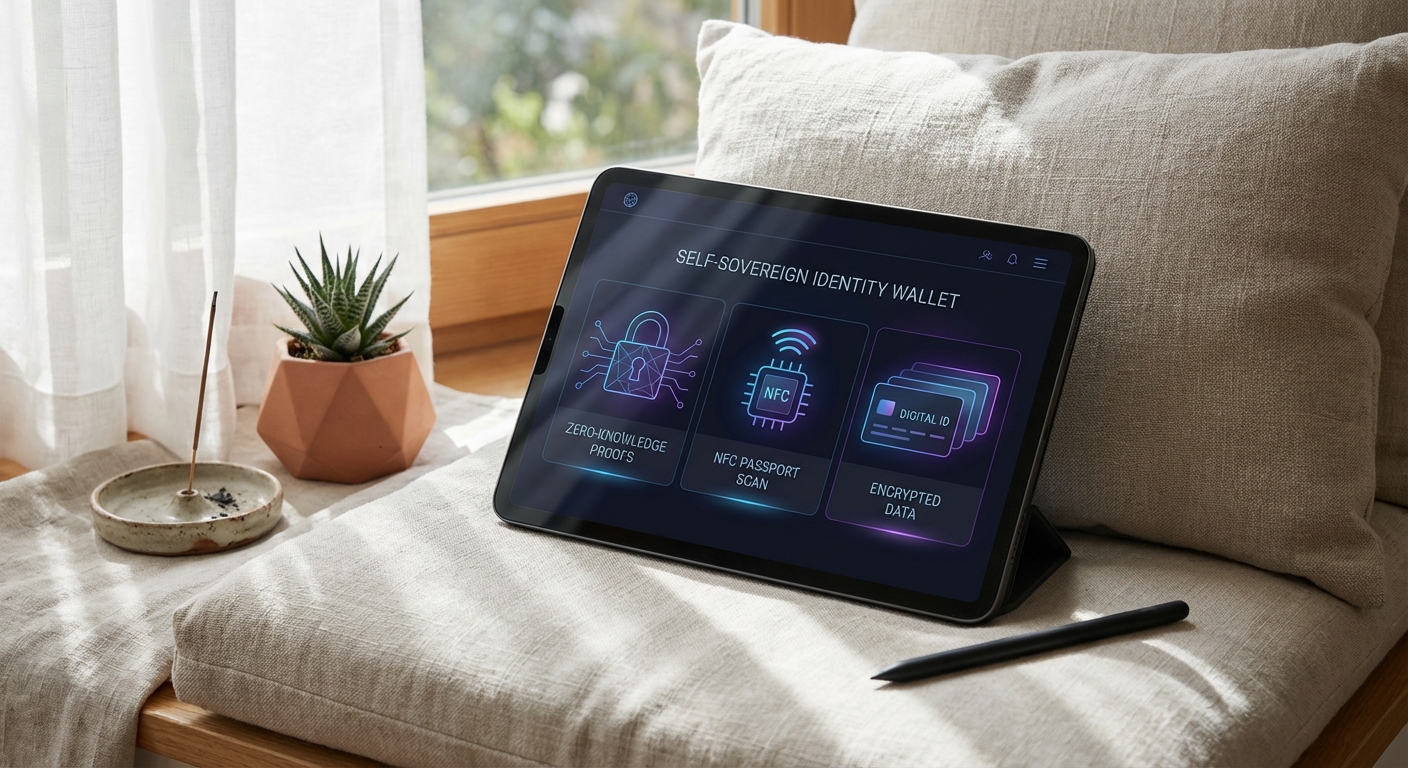
In the rapidly evolving Web3 ecosystem, reputation and identity are no longer static concepts. Instead, they are fluid, programmable, and deeply intertwined with the rise of NFT-based identity wallets. As blockchain technology matures, dynamic reputation traits and evolving digital identities are becoming foundational to how users interact, build trust, and unlock opportunities across decentralized platforms.
![]()
From Static Artifacts to Dynamic Identity: The Rise of NFT-Based Reputation
The early days of NFTs were dominated by collectibles and digital art. Today, however, the focus has shifted toward utility-driven use cases that extend far beyond aesthetics. NFT-based identity traits now serve as verifiable credentials – badges that evolve based on user actions, achievements, or even real-world events. Unlike their static predecessors, dynamic NFTs (dNFTs) can update in real time via smart contracts and oracles, reflecting changes in status or reputation as they occur.
This shift is fueling a new era of onchain NFT reputation, where a wallet’s contents become a living résumé. For example, a developer contributing to open-source projects might earn skill badges that level up as their code is adopted in more dApps. Similarly, community members who participate in governance or provide liquidity on DeFi platforms can accrue reputation tokens that unlock voting power or preferential access.
Decentralized Reputation Systems: Trust Without Central Gatekeepers
The core innovation driving this evolution is the Decentralized Reputation System (DRS). Unlike Web2 models reliant on opaque algorithms and centralized control, DRS leverages public blockchains to record actions transparently and immutably. Reputation scores are built through trustless interactions – not handed down by platform owners.
Key attributes of decentralized reputation include:
Key Features of Decentralized Reputation in Web3
-
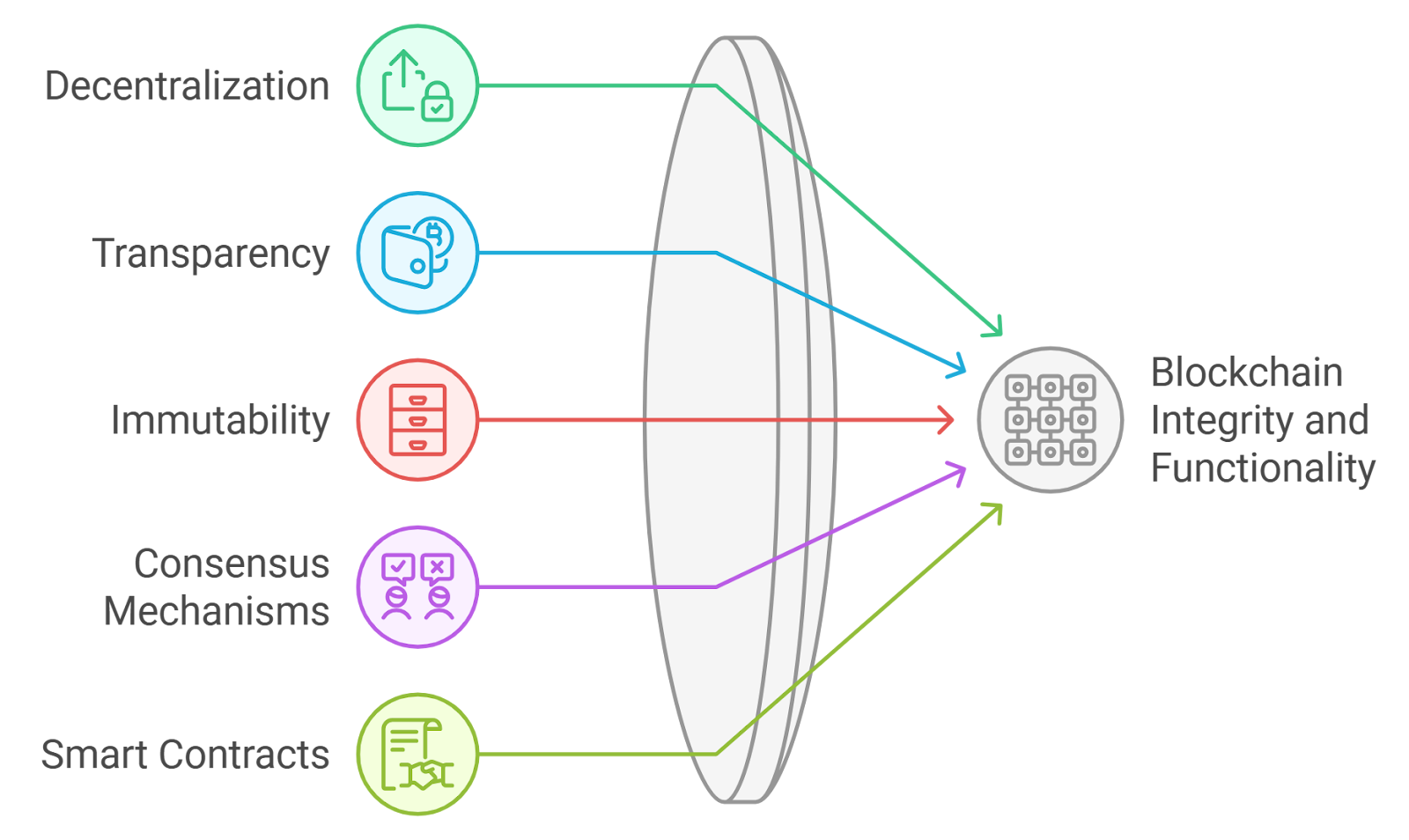
On-Chain Transparency: All reputation data is recorded directly on public blockchains, ensuring verifiable, tamper-resistant histories for every user.
-
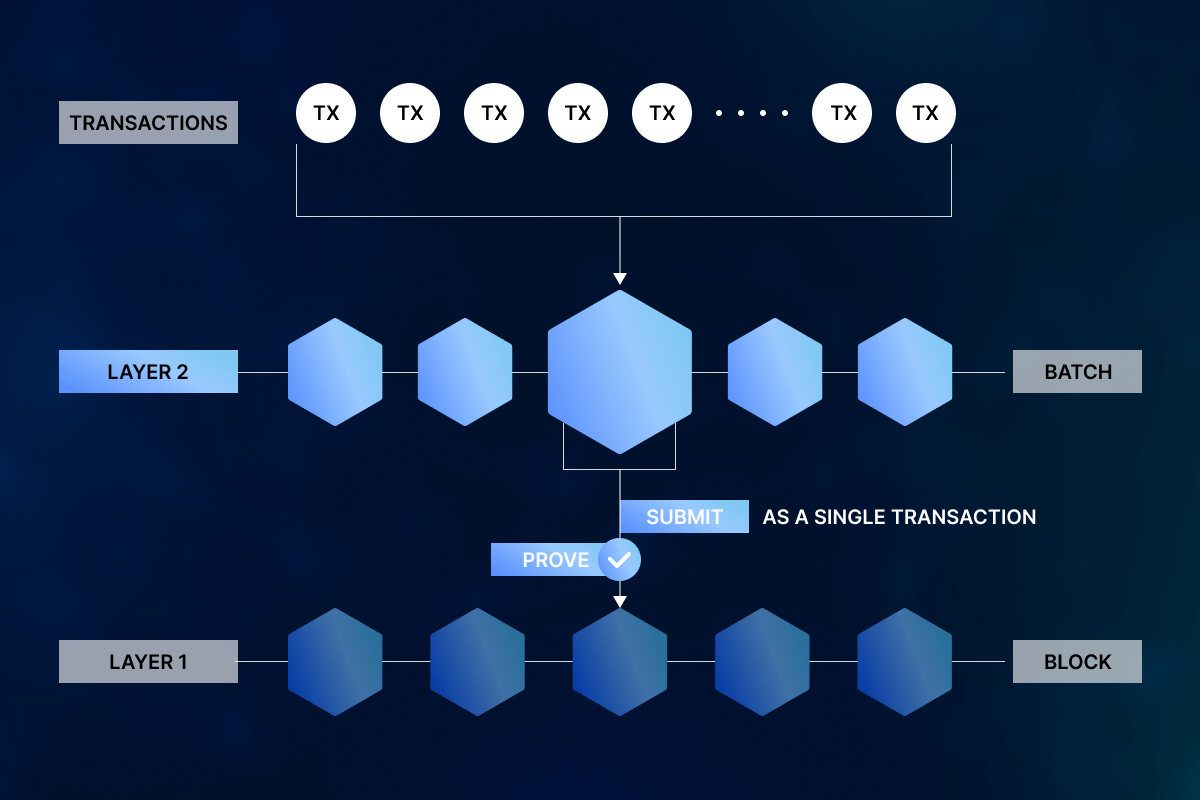
Decentralized & Permissionless Architecture: Reputation systems operate without a central authority, leveraging smart contracts to assign and update scores based on programmable, trustless mechanisms.
-
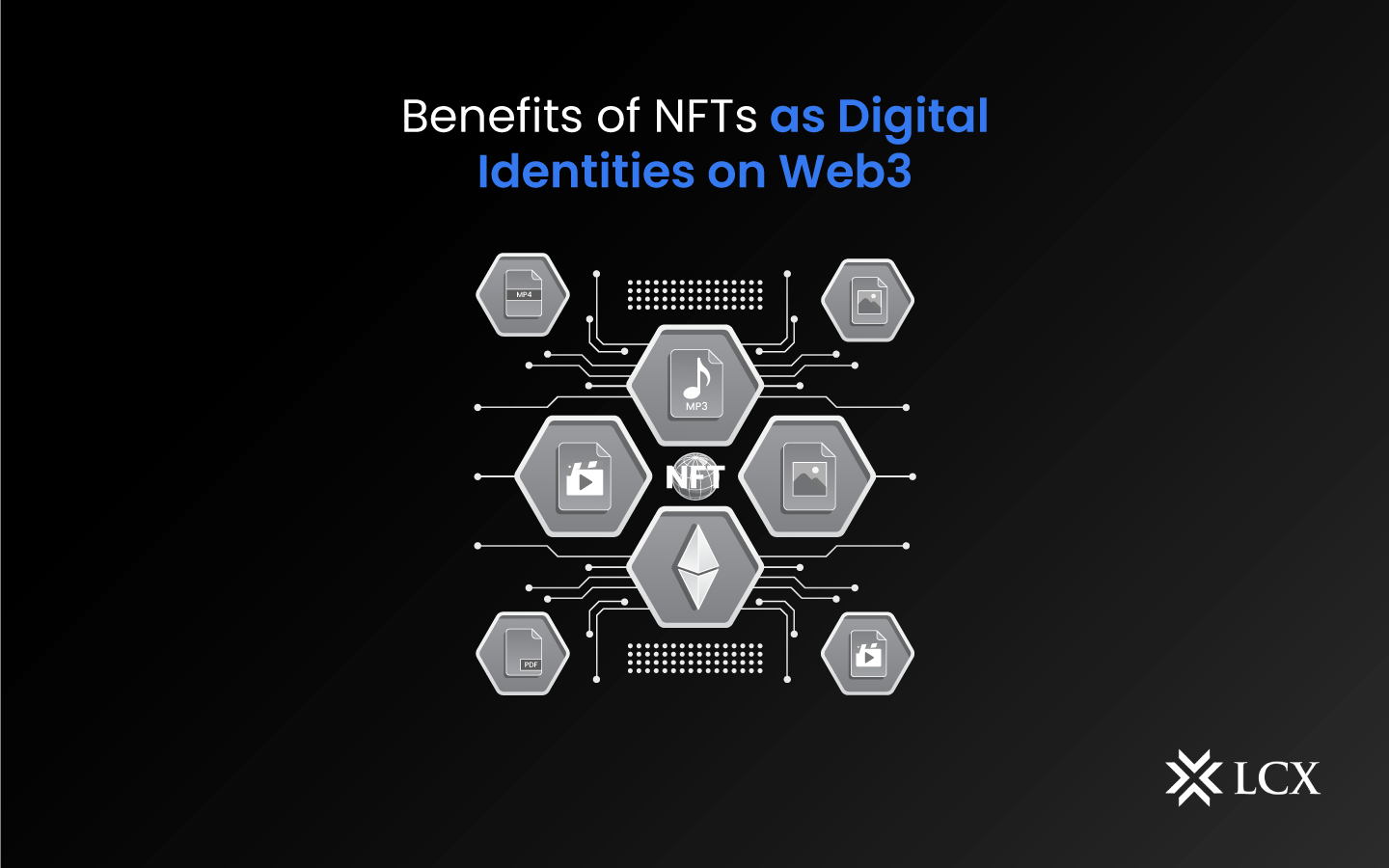
Interoperability Across Platforms: Reputation and identity NFTs can be recognized and utilized across multiple dApps and Web3 ecosystems, enabling users to carry their credentials wherever they go.
-
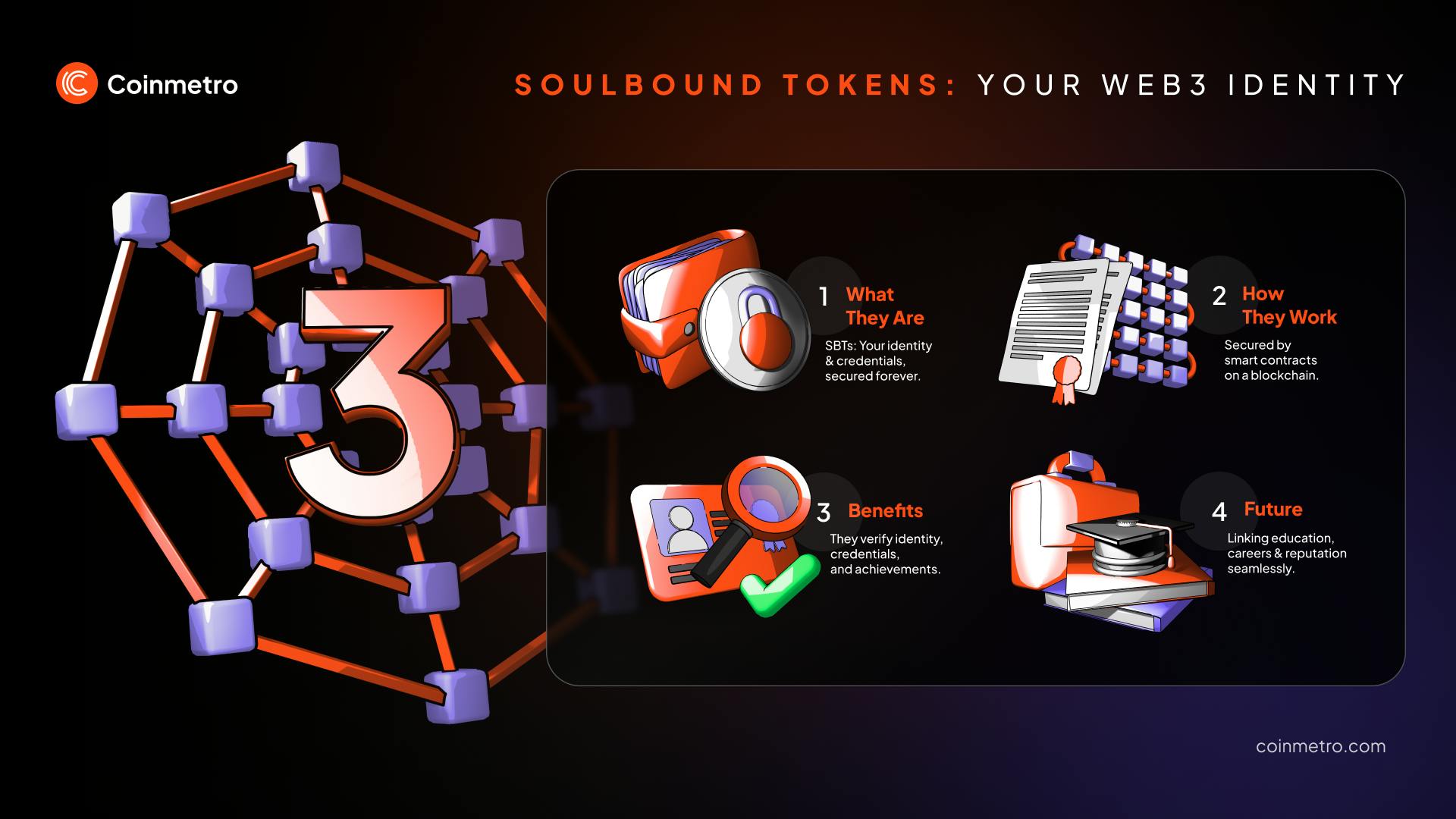
Non-Transferable & Sybil-Resistant Traits: Reputation NFTs are typically non-transferable (often called Soulbound Tokens), preventing users from selling or duplicating their reputation and mitigating multi-wallet manipulation.
-
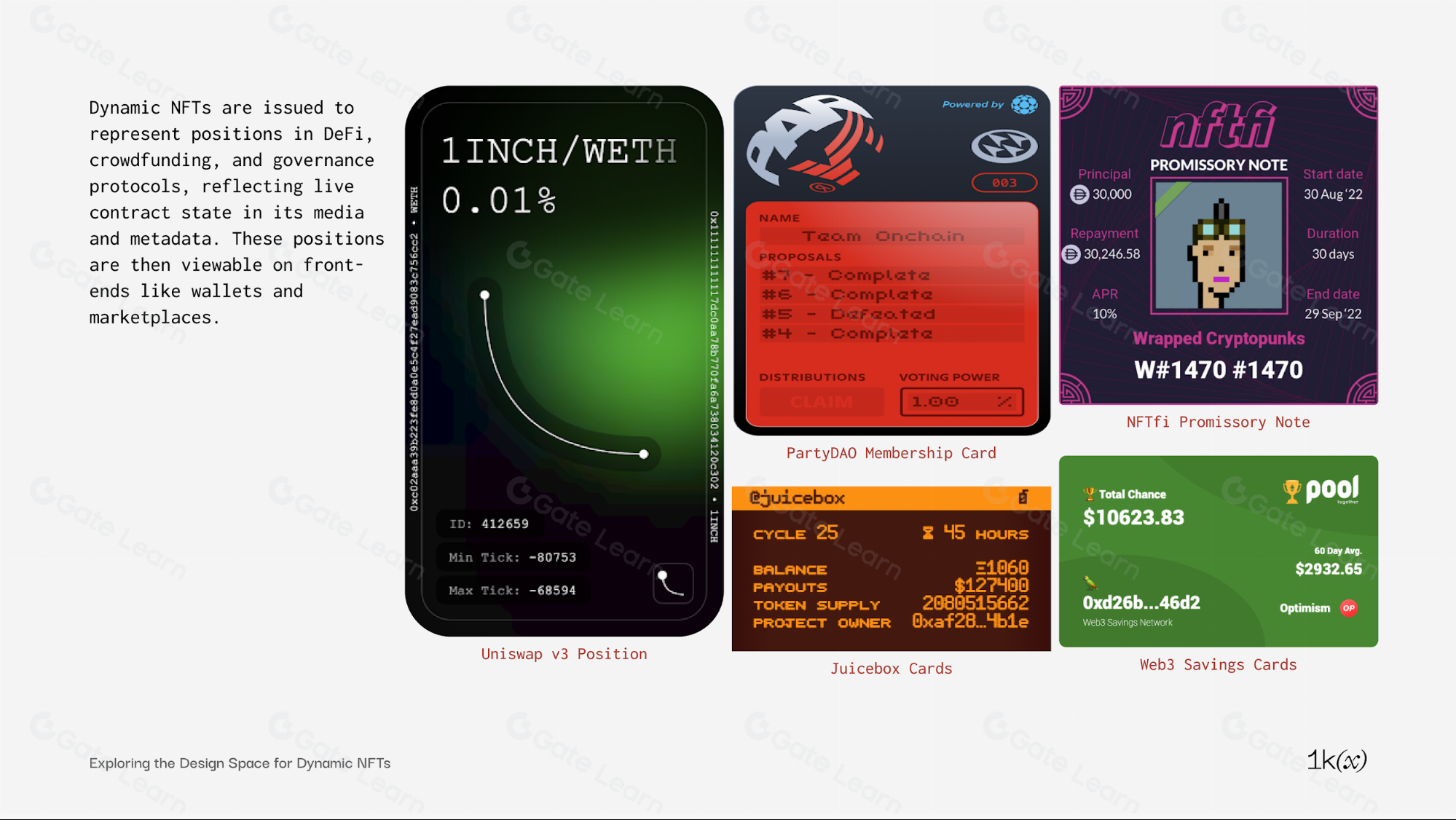
Dynamic, Programmable Reputation: Leveraging dynamic NFTs, reputation scores and credentials can evolve in real time based on user actions, external data feeds, or governance participation.
-
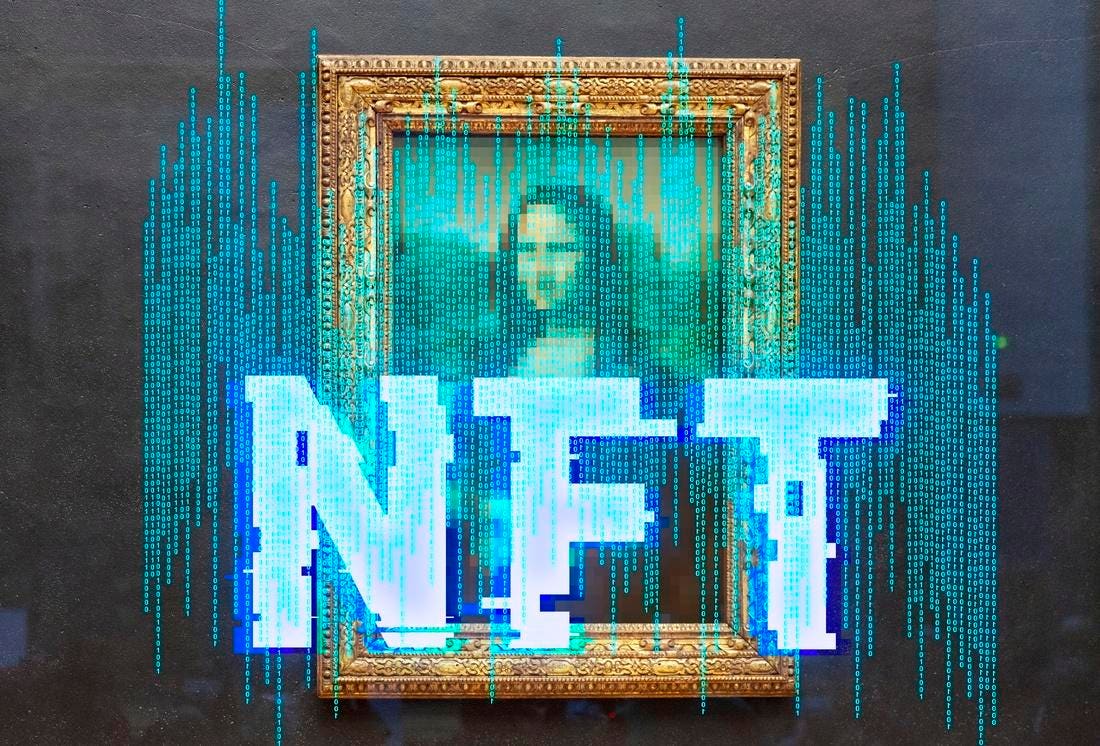
User-Controlled Privacy & Data Ownership: Users retain control over their identity data and can selectively share credentials, enhancing privacy while maintaining verifiability.
-
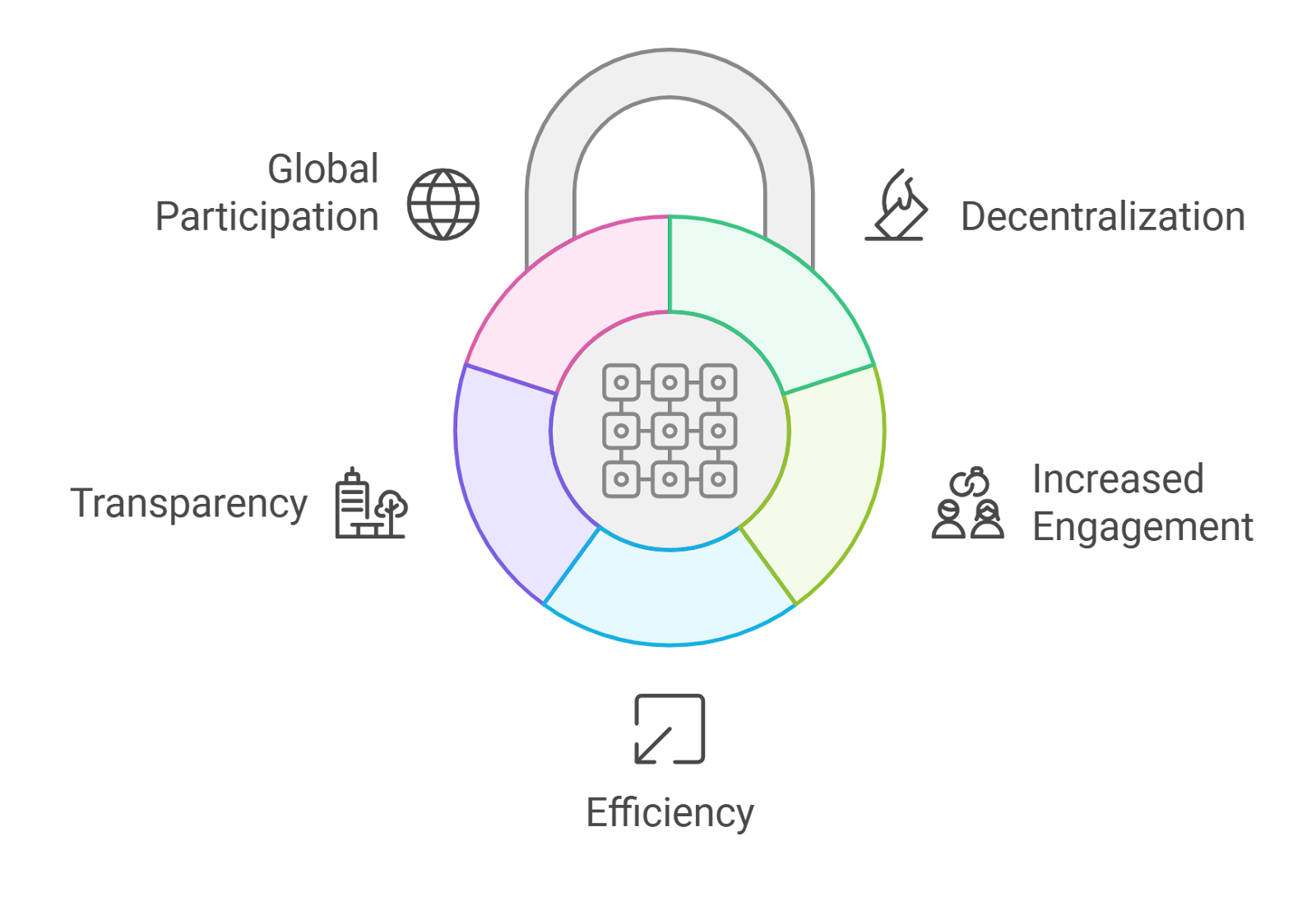
Integration with DAOs and DeFi: Decentralized reputation directly influences governance participation in DAOs and enables under-collateralized lending in DeFi based on on-chain trustworthiness.
-
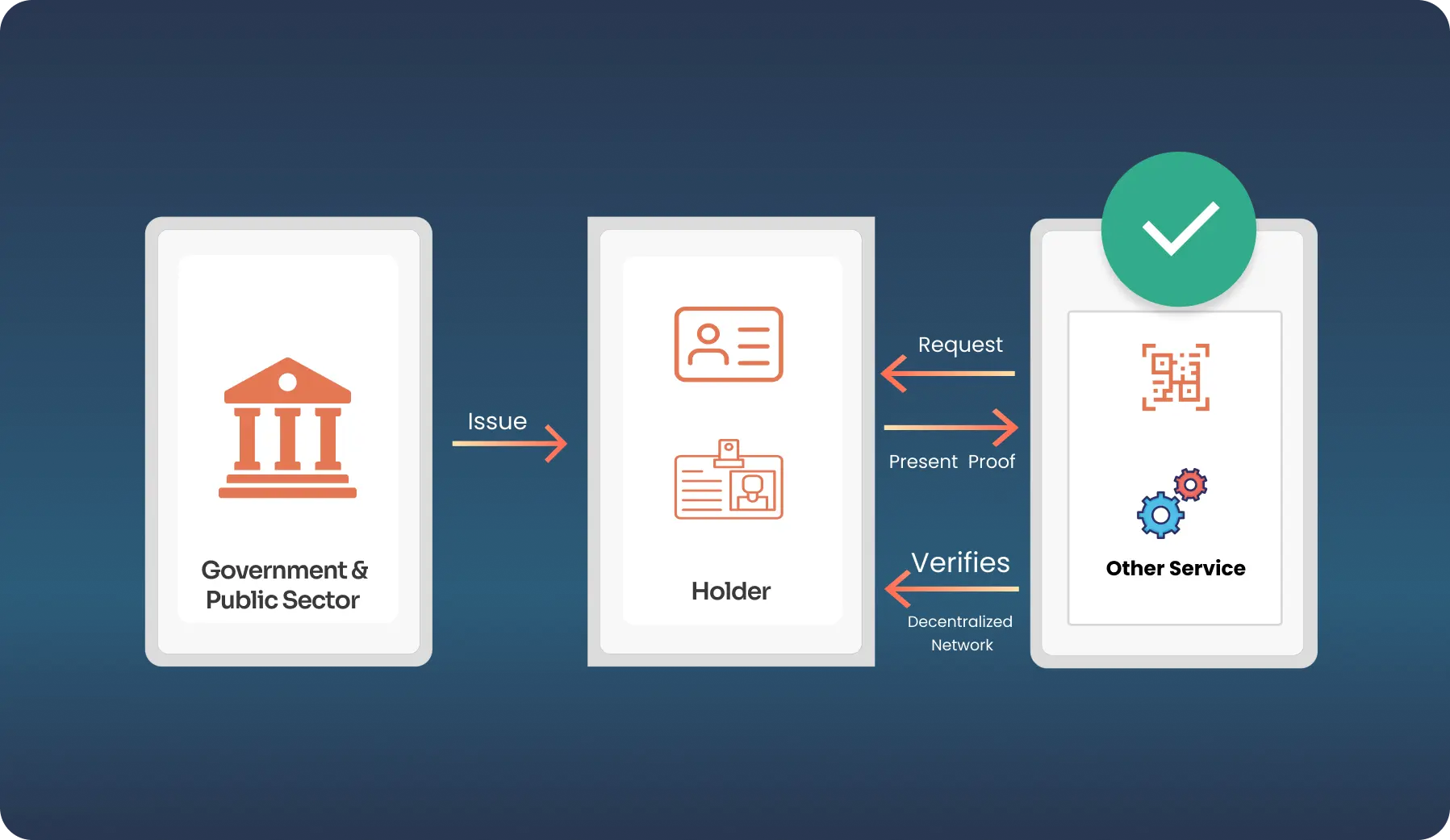
Verifiable Credentials for Access & Authentication: NFT-based identity traits serve as digital credentials for secure, privacy-preserving authentication and access control across platforms.
This architecture ensures that credibility is authentic and Sybil-resistant; users cannot simply spin up new wallets to game the system. Moreover, because these traits are non-transferable and tied directly to individual wallets (sometimes via soulbound NFTs), they provide a robust defense against manipulation while preserving privacy through selective disclosure.
Evolving Use Cases: DAOs, DeFi Access and Digital Credentials
The application landscape for NFT-based identity is expanding rapidly:
- DAOs: Membership NFTs grant voting rights weighted by onchain reputation scores. This incentivizes meaningful participation over mere token holding (source).
- DeFi: Lenders assess borrower risk using verifiable onchain activity rather than just collateral ratios – enabling under-collateralized lending for high-reputation users (source).
- Digital Access Control: NFTs double as credentials for gated communities or exclusive content – with access dynamically updated as user status evolves.
This interoperability marks a significant departure from siloed Web2 profiles; your blockchain identity travels with you across platforms and protocols.
What sets this new paradigm apart is the programmability and interoperability of NFT-based identity wallets. Reputation traits are no longer locked within a single ecosystem. Instead, they can be referenced by any dApp that supports the relevant standards, allowing your achievements and credentials to become universally portable. This is especially powerful in collaborative environments or cross-platform scenarios, where trust must be established quickly and credibly between pseudonymous actors.
Consider the implications for professional networking: a developer’s wallet might showcase not only their GitHub contributions but also verified hackathon wins, DAO governance participation, and even onchain educational certifications. Each trait is cryptographically verifiable, eliminating the need for background checks or third-party validation. For privacy-focused users, zero-knowledge proofs can be layered on top, enabling selective disclosure of credentials without exposing sensitive details.
Challenges Ahead: Privacy, Interoperability and User Control
Despite these advances, several challenges persist as NFT-based identity systems mature. The most immediate concern is privacy. Onchain data is inherently transparent; balancing transparency with user confidentiality requires innovative approaches like zk-SNARKs and privacy-preserving smart contracts. Projects must prioritize granular consent mechanisms so users can control exactly what information is shared, and with whom.
Interoperability remains another hurdle. While standards like ERC-721 and ERC-1155 have improved compatibility, seamless identity portability across chains and platforms is still a work in progress. Open-source initiatives are gaining momentum to address this fragmentation by developing universal reputation protocols and cross-chain bridges, laying the foundation for a truly global Web3 identity layer.
The risk of misuse also looms large. If not designed thoughtfully, dynamic reputation traits could reinforce echo chambers or enable new forms of discrimination based on algorithmic scores. It’s crucial that developers build in mechanisms for appeal, correction, and context, empowering users to contest or update their reputational history as needed.
The Path Forward: Towards Self-Sovereign Reputation
The next evolution in blockchain identity will likely center around self-sovereign reputation management. Here, individuals curate their own composite profiles from a mosaic of NFT-based credentials, selectively revealing traits for specific contexts (e. g. , job applications or DAO onboarding) while keeping others private. Decentralized identity wallets will serve as both vaults and routers for these evolving digital identities.
Top Emerging Use Cases for Dynamic NFT-Based Reputation Traits in 2025
-
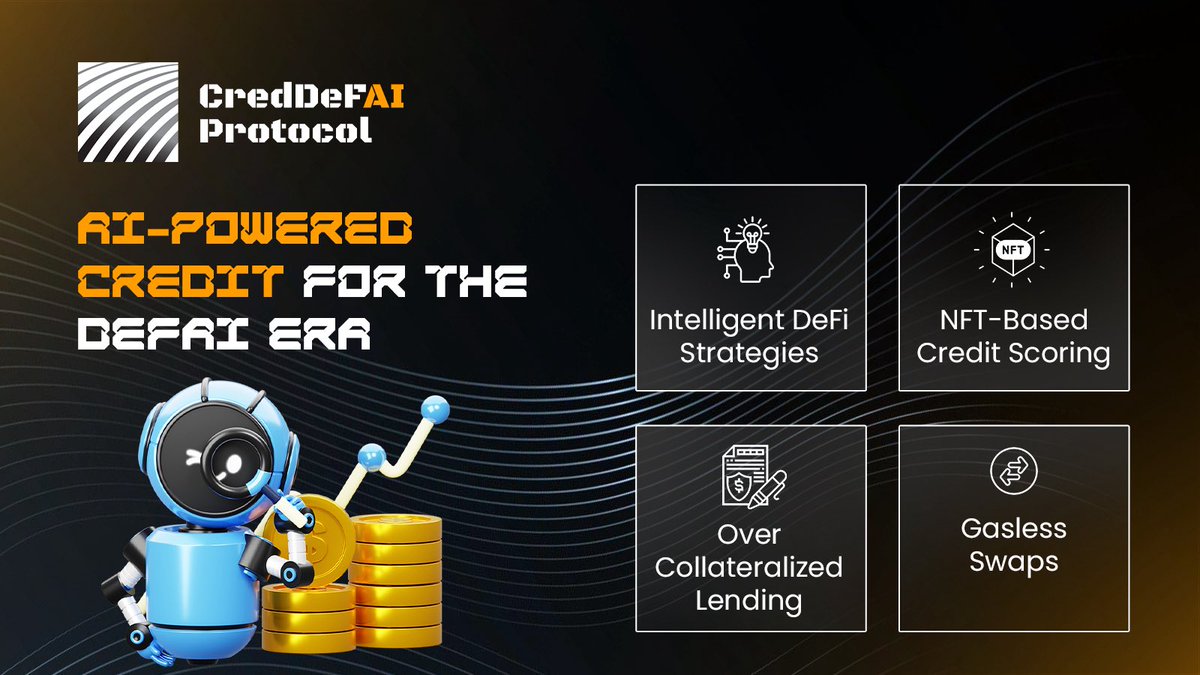
DeFi Credit Scoring and Lending: Platforms like Cred Protocol and ARCx leverage NFT-based reputation to enable under-collateralized loans. Borrowers with high on-chain credibility can access better rates and terms, reducing reliance on traditional collateral.
-
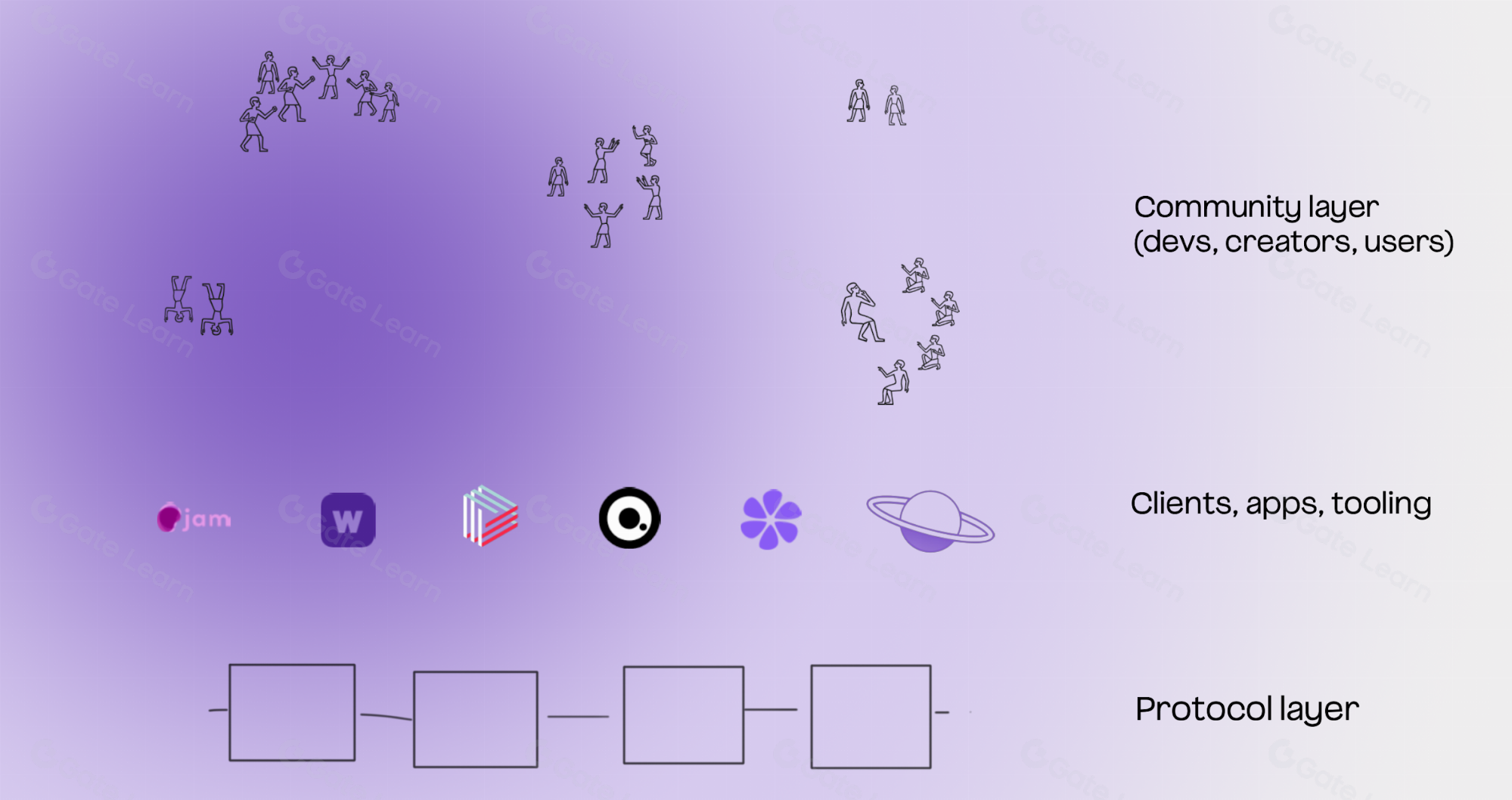
Sybil-Resistant Social Platforms: Social protocols such as Lens Protocol and Farcaster utilize NFT-based reputation traits to combat fake accounts and multi-wallet abuse, fostering authentic, trust-based interactions in decentralized social networks.
This shift promises to democratize access to opportunity: with onchain NFT reputation as a trust anchor, users from underbanked regions or nontraditional backgrounds can prove credibility without relying on legacy institutions. For organizations, programmable credentials streamline onboarding and compliance while reducing fraud risk.
The future of reputation in Web3 will not be dictated by centralized gatekeepers but shaped by communities themselves, open-source protocols enabling programmable trust at scale. As dynamic NFTs continue to evolve alongside decentralized identity wallets, expect rapid innovation at the intersection of privacy tech, game theory incentives, and composable digital credentials.
The race is on to define best practices that balance transparency with user autonomy, a challenge that will determine whether blockchain identity becomes an engine for empowerment or a new vector for exploitation.



